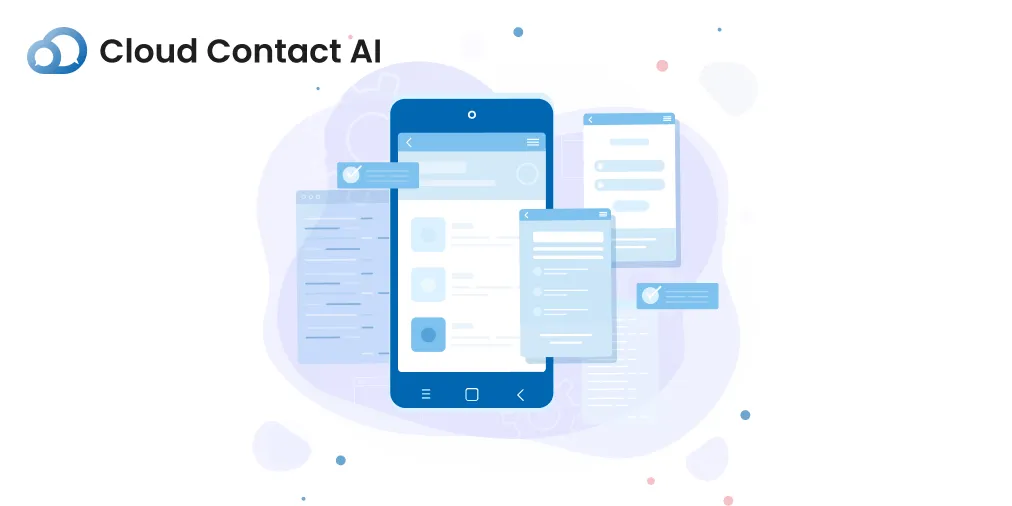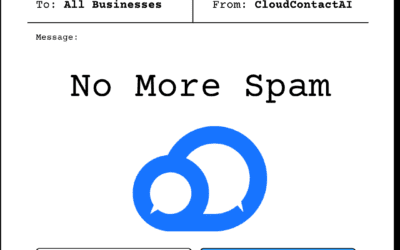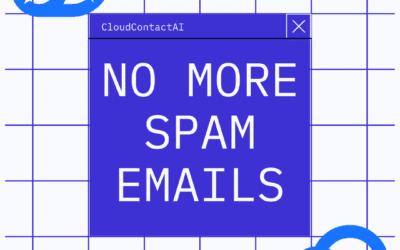Email is an integral part of the modern world, be it personal or business. It is the most effective, fast, and cheapest way of communication. Business communities have used the power of emails in a much better and efficient way.
When people subscribe to your emails they expect to get all the information or announcements instantly. That means they wanted to know what’s coming next in the form of new products or restocked products.
What is an announcement email?
An announcement email is the strategy of marketing, it is sent to inform subscribers about anything new, updated, or changes in the business. It is used to announce about:
- A new product launch
- Limited-edition launch
- A pre-order launch
- A distinctive event
In this article, we would like to focus on announcement email templates. These emails are basically for marketing purposes, but they are also related to the company’s internal matters, for example, an executive leaving the company.
These announcement emails influence the company’s marketing campaigns if they time a product launch with the right email sequences to create much hype in the market. These email campaigns create the essential display or advertisement needed for the product.
How to write an announcement email
The following points need to be described clearly while writing an announcement email.
The occasion: Notify the reason for an email with an eye-catching subject line and an appealing headline. Also include attractive pictures to lure the subscribers.
The advantage for the subscribers: Explain the benefits of the announcement to the subscribers in detail. The main purpose of writing an announcement email to the customers is to tell them why and how this message is important to them.
Explain the product, service, or event: Subscribers are always interested to know what value is being offered to them through the new launch, pre-launch, limited edition launch, or the event.
Call to action: The desired action should be loud and clear. There should be a BUY NOW, SHOP NOW or LEARN MORE button multiple times preferably at the beginning and at the end that connect the customers to the relevant pages on the website. The color of the CTA button should be such that it grabs the attention of the customers.
Add Images: Post-high-quality images, screenshots, or GIFs to arouse the customer’s curiosity.
Easy to understand: Divide the newsletter into different sections and include all the information about the product in detail, it should answer all the customer queries.
Design: The brand logo should be visible on the top, also choose a defining background color that should match the website or brand color theme.
Icons: Include the social media icons in the message so that customers can share the product launch news with their family and friends.
Product launch email: A product launch email is a great chance to prompt the customers about the value of the products being offered. Also, you can re-engage the customers to come back to your website and make purchases again. Sometimes if you don’t launch a product properly, it may get an incompetent release and the product may flop. The inbox of the subscribers is flooded with all sorts of emails, getting the attention of customers among all those and getting them excited about what you are offering is a big and important task.
Attribute announcement- Announce a “hip”newly added feature to the product that may benefit the customers.
Pre-order announcement- Explain the benefits of products to the customers in this announcement, with a promise of receipt of products by them when they are launched.
Upcoming sales- Inform the customers about the upcoming slash in the prices. This notification is given to subscribers before launching these offers and discounts in the market.
Event invite- Inviting subscribers to the special launch of an event or Webinars.
Limited Edition Launch: The customers who purchased your product wants to be communicated regarding changes in the features or how it might affect their user experience. Announcing these changes will help to create trust and bonding between you and your users. Regardless of whether it’s a new updated version or a small change in the features, the communication fills the gap and keeps the customers engaged, so that they always keep coming back.
These emails may have different language but they aspire the same intention of informing customers regarding your new products or the value they will provide to customers.
Benefits of Product Launch Email
Creating excitement among customers ignites the spark to buy before you launch your new product in the market.
Product launch emails build excitement in the customers to try new products or services.
Product reveal campaign exhibits the features and makes it successful
Product launch emails raise the value of the product, it might become the talk of the town.
This helps in the overall growth of your business.
Phases of Product launch Email
The product launch announcement should be done in a series of emails rather than in a single email, this is because your single email might get lost in customers’ inboxes or they might not remember all the details. The series of emails may create anticipation in their mind and remind them about new features or products from time to time. The success rate of these messages always depends upon timing and messaging.
Two weeks before launch, build excitement. This email lets the customers know about some new product coming, the value they will be getting from it, or the problem this product might be solving. Don’t send this email before two weeks of the launch else the subscribers might not be able to remember.
One week before launch, announcement. The time has come to end the suspense. This email discloses the product and when it is coming. Paste the high-quality images, screenshots, and GIFs of your new product, Also post the pre-order information or the exact date of release.
Launch! This email is sent on the launch day, sharing your excitement with your customers so that they buy your new product or enhance the newly added features. Also, add the social media buttons in your email so that customers can share with their family and friends if they find the product interesting.
Send a follow-up email one week later. This email should target the customers who haven’t made a purchase or upgraded yet. It is to remind them about the benefits they will be getting or the problems they might be able to get solved.
Primetime to send the launch email
The success of opening rates of the email largely depends upon the time and day of sending the email. Therefore before scheduling the launch emails consider the following tips.
Tuesday, Thursday, and Friday are considered to be the best days to send the launch emails.
Avoid weekends and Mondays to send any important email, as the opening rate during these days is very less.
Research the data about the demographics of your customers and the time zone of the subscribers, the time to send the email can be personalized on that basis.
If your target audience is young people, then send the launch emails during the night, as this generation is most active at that time.
The time of sending the emails may vary, i.e
7.00 a.m – People check their inbox after getting up
10.00 a.m- Time to reach office and start working on their systems
Midnight- Lunchtime
5.00 p.m- Time for a short break, check social media accounts.
9.00 p.m- Time to go to bed after checking emails
The launching of a new product is very important as it decides whether customers are going to like that newly launched product or not. It largely affects the growth of the company also. Therefore, there is a need to launch the product smartly as per the customer’s need.
Share Your Message with an SMS Campaign Today!
We make it fast, easy, and affordable to send compliant SMS, Email, and Voice campaigns.
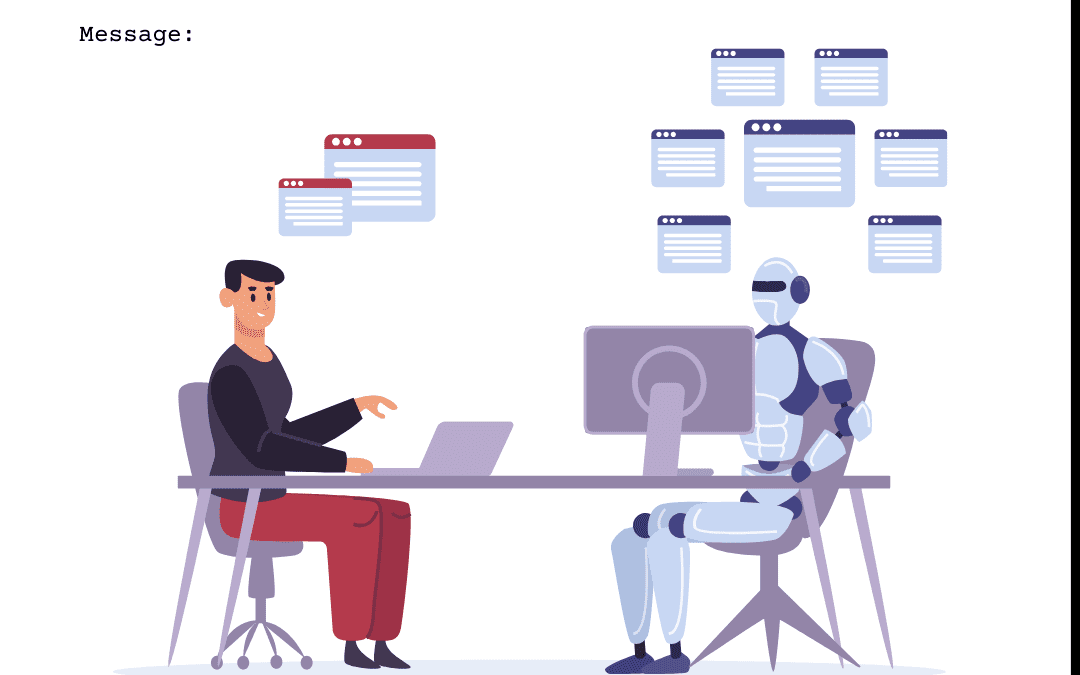
Implementing Generative AI in Business Communication Systems
The integration of Generative Artificial Intelligence (AI) with communication platforms holds the promise of transformation. This blog post explores the hurdles businesses commonly face when incorporating Generative AI into their communication systems and highlights how CloudContactAI effectively addresses these issues. We’ll delve into key challenges such as data integration, model training complexity, seamless adoption, and ethical considerations.
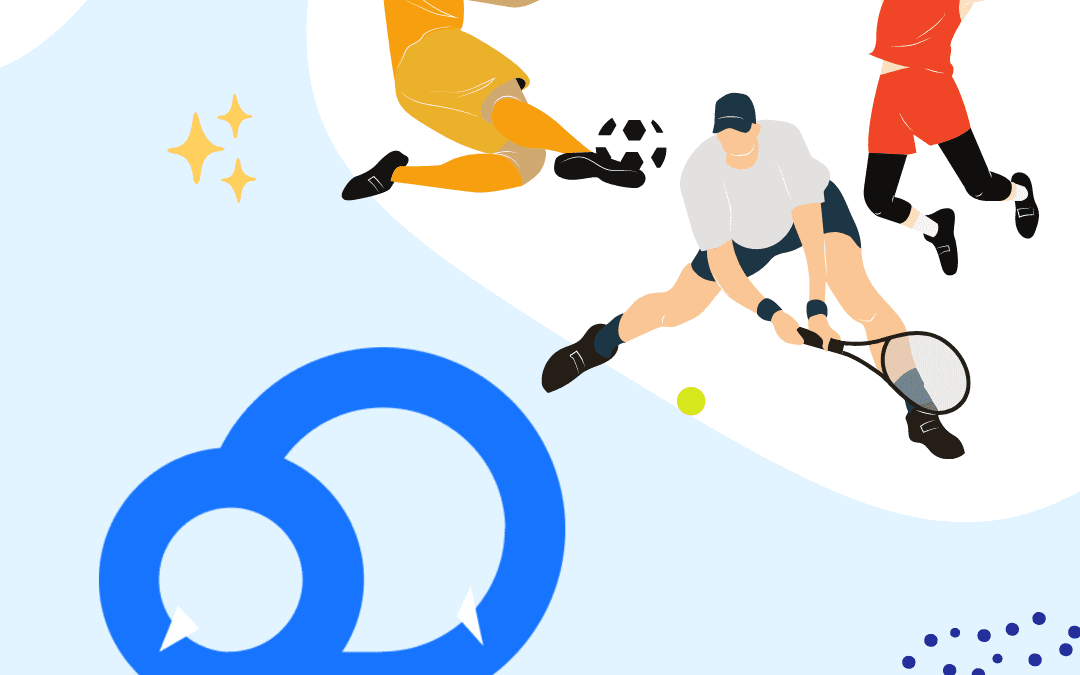
Innovative Event Communication: Unleashing the Power of AI Optimization
In the dynamic world of event management, staying ahead in communication strategies is paramount for success. With the advent of Generative AI, a transformative wave is sweeping across the industry, offering innovative ways to optimize communication throughout the entire event lifecycle. This blog post will delve deep into the growing role of Generative AI and how CloudContactAI’s solutions are reshaping event promotion, attendee engagement, and post-event follow-ups.
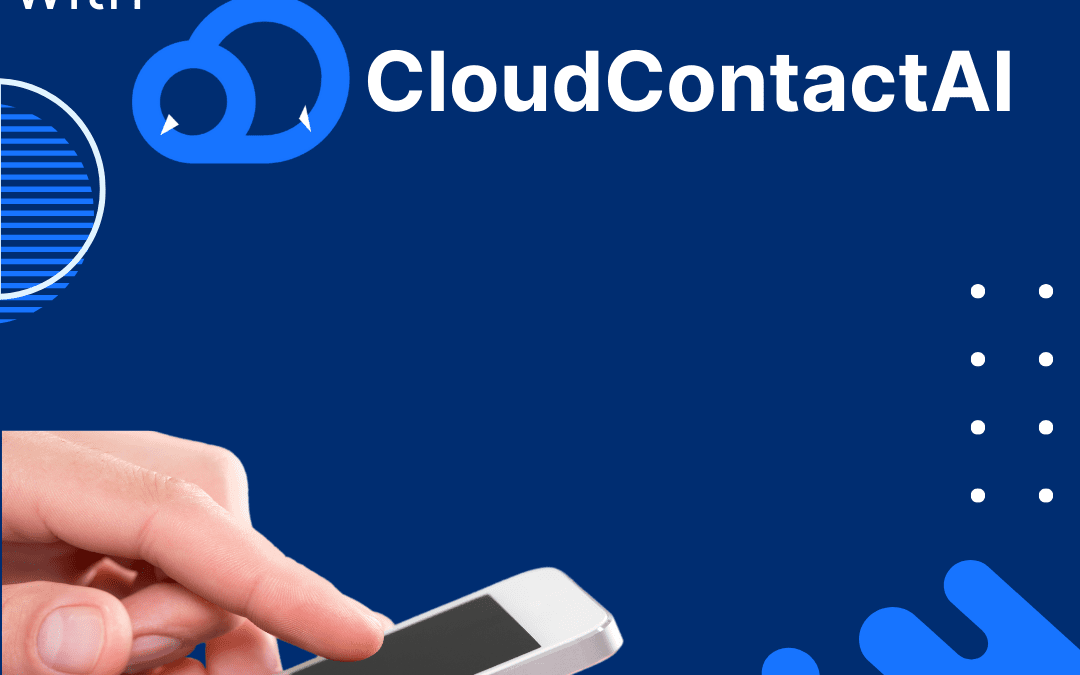
Beyond Templates: Revolutionizing Content Creation with Generative AI
How companies convey their messages has undergone a transformative journey. Traditional templates, once the backbone of content creation, are gradually giving way to more dynamic and innovative approaches. CloudContactAI’s Generative AI stands at the forefront of this evolution, offering businesses a leap beyond conventional templates. This blog post explores the revolutionary impact of AI-generated content on business communication, shedding light on its flexibility, creativity, and the technical intricacies that set it apart.
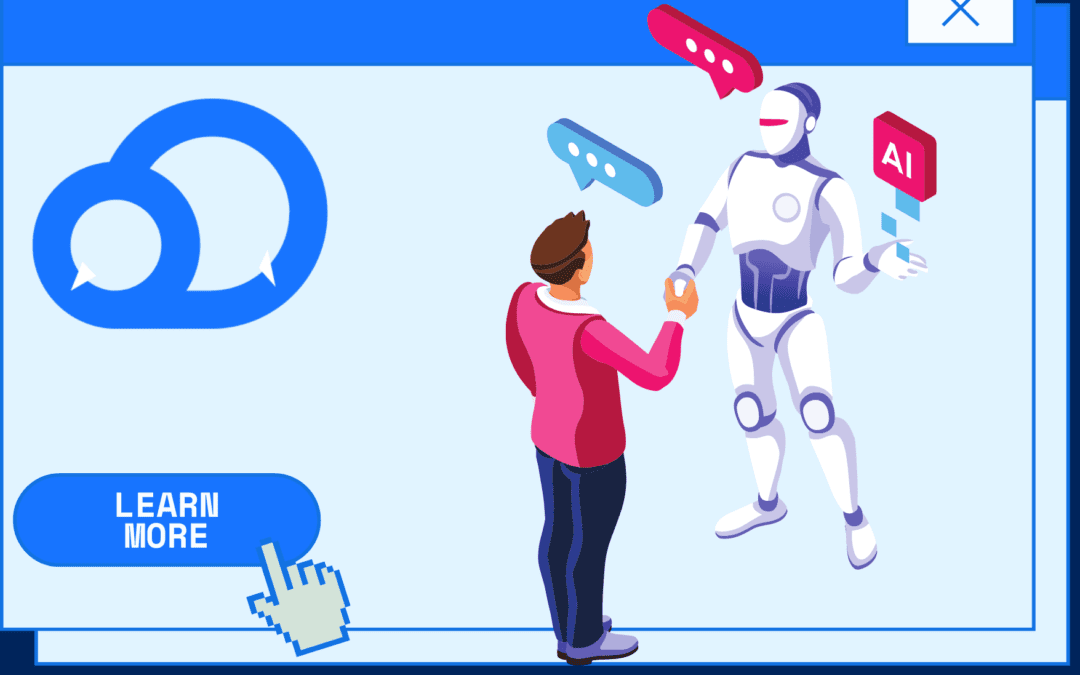
Balancing Automation and Personalization with Generative AI
When it comes to business communication, the integration of Generative Artificial Intelligence (AI) has become a game-changer. Automated communication systems offer efficiency and scalability, but they also pose the risk of diluting the personalized touch that customers crave. Striking the delicate balance between leveraging Generative AI for automated communication and maintaining a personalized touch is crucial for businesses seeking effective and efficient communication strategies.

The Difference Between Toll-Free and A2P 10DLC
In the ever-evolving landscape of communication, businesses are presented with a multitude of options to connect with their audience. Two prominent solutions, Toll-Free and A2P 10DLC, play crucial roles in facilitating seamless communication between businesses and consumers. In this article, we will explore the characteristics of Toll-Free and A2P 10DLC, highlighting their differences and helping businesses make informed decisions about which communication channel aligns best with their needs.
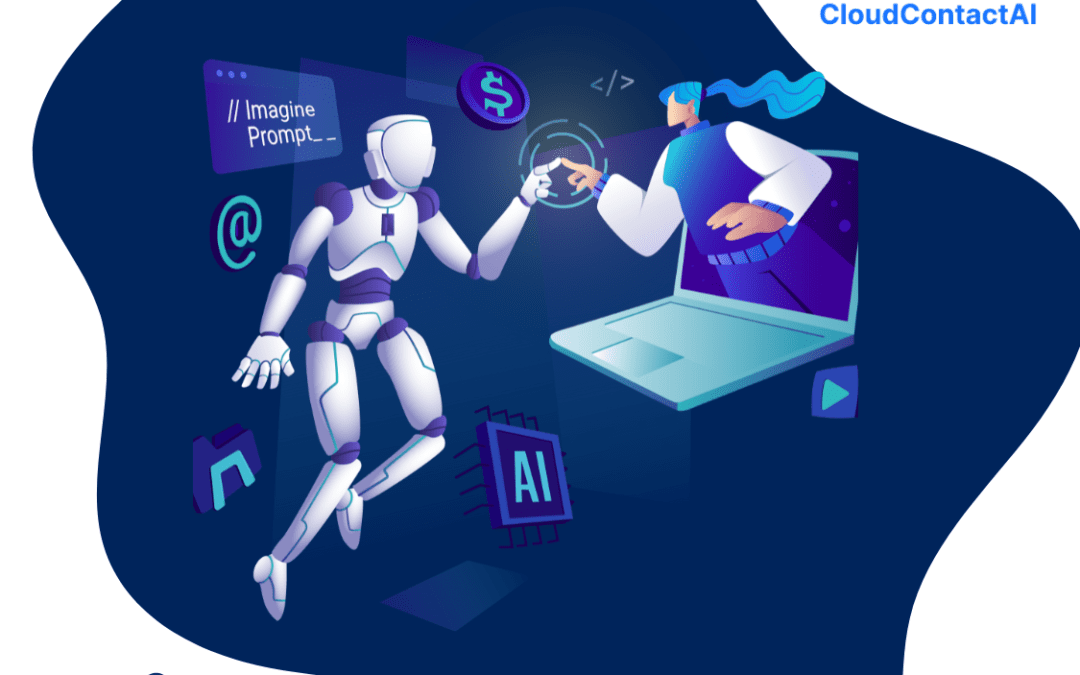
Generative AI and the Future of Virtual Assistants: Beyond Scripted Interactions
In recent years, virtual assistants have become an integral part of our daily lives, revolutionizing the way we interact with technology. Powered by Generative AI, these assistants have evolved beyond scripted interactions, enabling more natural, context-aware conversations. In this blog post, we will explore the evolution of virtual assistants and delve into how CloudContactAI’s generative AI solutions are at the forefront of this transformative journey.
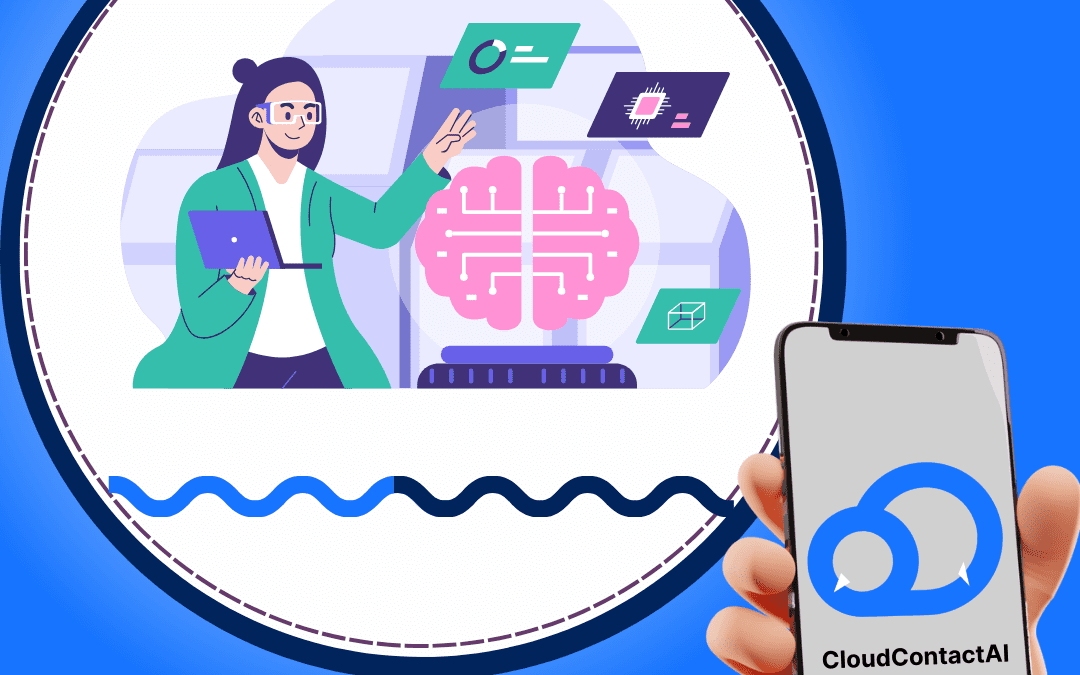
Smart Strategies for AI-Driven Personalization
When it comes to digital marketing, staying ahead of the curve is crucial for success. One of the most powerful tools in a marketer’s arsenal today is Artificial Intelligence (AI), specifically when it comes to personalization in online advertising. AI-driven personalization allows marketers to tailor their messages to individual users, creating a more engaging and relevant experience. In this guide, we’ll explore smart strategies for harnessing the potential of AI-driven personalization to maximize the impact of your online advertising campaigns.
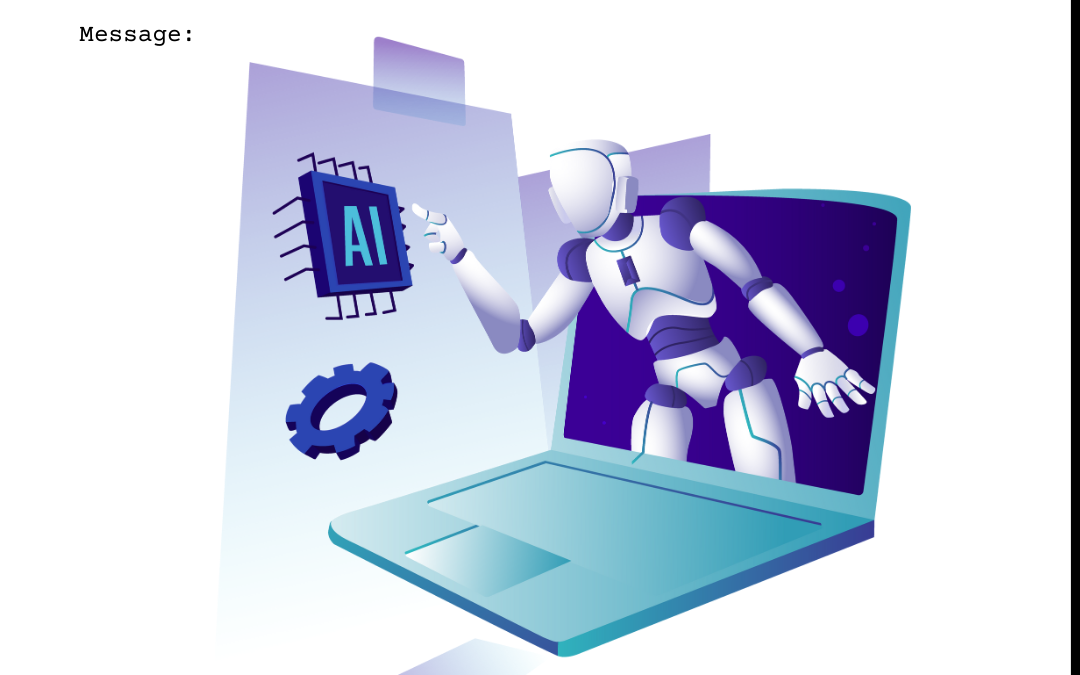
Using Generative AI to Improve Email Deliverability
Email communication stands as a pivotal tool for both businesses and individuals in today’s dynamic digital environment. The success of email campaigns pivots on a key factor: deliverability. In recent years, Generative Artificial Intelligence (AI) has emerged as a transformative force across industries, and its influence on email deliverability is noteworthy. This blog post will explore how Generative AI can revolutionize and streamline email deliverability, equipping marketers and businesses with potent tools to elevate their communication strategies.
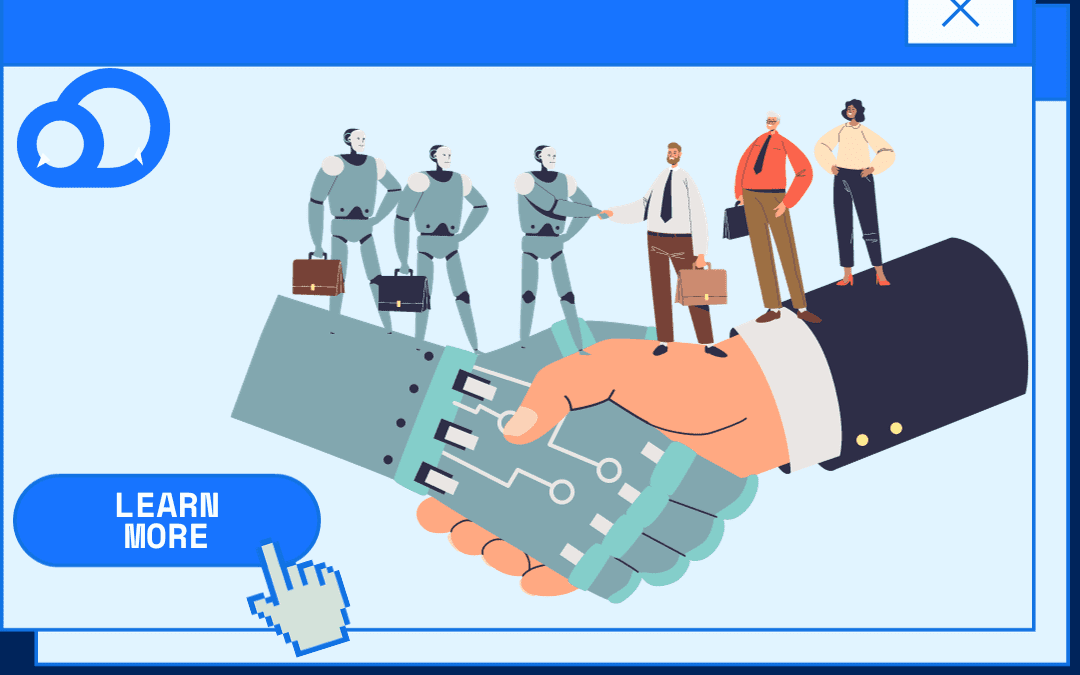
The Synergy of AI and Human Creativity in Content Marketing
Explore the transformative synergy between AI and human creativity in content marketing. Dive deep into the augmented creativity, personalized experiences, automated content generation, SEO optimization, and enhanced user experiences. Navigate the ethical considerations shaping this dynamic partnership, unlocking innovative possibilities for brands in the digital age.
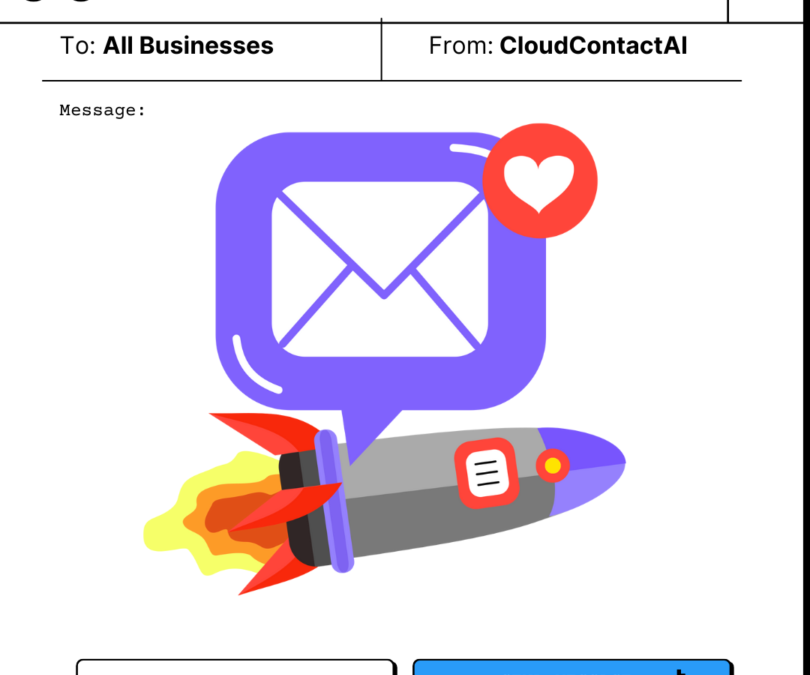
AI-Powered Personalization: The Secret to Skyrocketing Email Engagement
Email marketing continues to play a pivotal role as a vital tool for businesses seeking to establish and maintain connections with their target audience within the dynamic landscape of our fast-paced digital world. Despite its enduring significance, the challenge of capturing attention within cluttered inboxes remains a persistent hurdle for marketers. In response to this ongoing challenge, the integration of AI-powered personalization has emerged as a crucial strategy to revolutionize and optimize email engagement.

